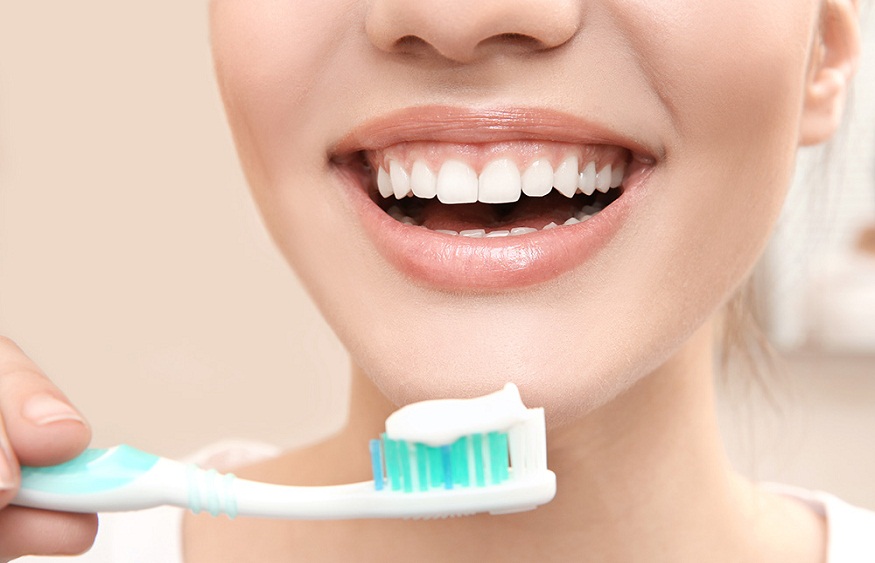Plaque and tartar are formidable enemies for our teeth. And even if you take good care of your teeth at home, you will never be able to 100% eliminate all the sometimes harmful bacteria that populate your mouth.
In this article, our team explains what plaque and tartar are, how they form and the methods to combat them effectively.
What is dental plaque?
Our mouths are filled with thousands of bacteria, some of which contribute to the development of tooth decay and tartar. Plaque is formed when these bacteria accumulate on the teeth and interact with food debris. This mixture of debris and bacteria forms a sticky substance that hardens over time.
The consequences of dental plaque
If plaque is not properly removed, it can harden and turn into tartar, a stubborn substance that builds up on teeth and along the gum line. A buildup of tartar is not a good sign, as it creates a breeding ground for cavities and periodontal disease.
Unlike plaque, tartar cannot be removed by simply brushing or flossing. Only a professional dental cleaning can dislodge the accumulated tartar.
Oral problems associated with tartar buildup
While plaque and tartar can cause unpleasant symptoms such as bad breath or yellowing of the teeth, they can also lead to more serious consequences:
Gingivitis : inflammation of the gums characterized by bleeding, tenderness and swelling;
Periodontitis : serious infection of the gums that can damage the tissues and bones that support the teeth;
Dental caries : Tartar creates an environment conducive to the growth of bacteria and degrades tooth enamel, promoting cavities.
Loosening of the teeth : Plaque causes inflammation of the gums, leading to destruction of the tissues.
How to remove dental plaque?
Although plaque cannot be completely eliminated, its appearance can be prevented with regular oral hygiene practices.
Regular brushing of teeth
Good oral hygiene relies heavily on regular and effective brushing of your teeth . Here are some practical tips for optimal brushing:
Choose a toothbrush with soft, rounded bristles to protect enamel and gums;
Be gentle when brushing your teeth: move from the gum to the tip of the tooth at a 45-degree angle, not pressing too hard;
Brush all surfaces of the teeth, including chewing surfaces;
Don’t forget to brush your tongue to remove bacteria that cause bad breath.
Dental floss: an essential complement to brushing
Brushing your teeth properly is important, but it’s not enough. Maintaining good oral hygiene also involves flossing regularly:
Choose dental floss that is suitable for your teeth;
Take about 45 cm of dental floss;
Gently insert the dental floss between each space of your teeth;
Use a clean section of dental floss for each interdental space.
Be careful not to force or hurt your gums!
Antiseptic mouthwash
Recommendations for the use of mouthwash to combat dental plaque vary among dental health professionals. For our part, we advise limiting the use of mouthwashes, especially those containing alcohol, because they tend to dry out the mouth, thus promoting cavities and gum disease due to food stagnation. Alcohol-free products are not considered antibacterial, but rather as solutions that simply mask bad breath, without having a curative effect. Chlorhexidine-based mouthwashes, prescribed by a health professional, are however recommended after gum curettage.
Make an appointment at the Richard Landry Dental Clinic for a professional cleaning and a thorough examination. Keep your smile bright for a long time!



